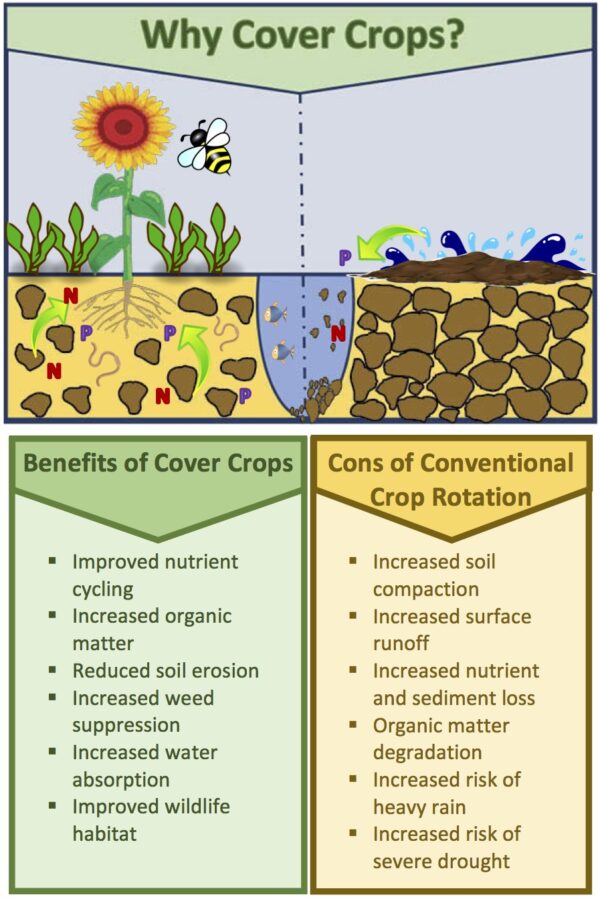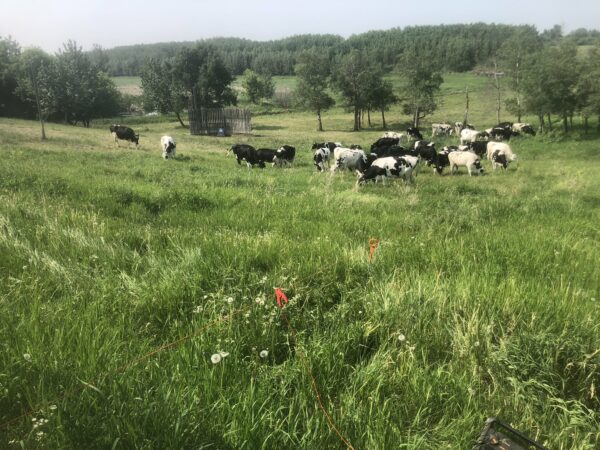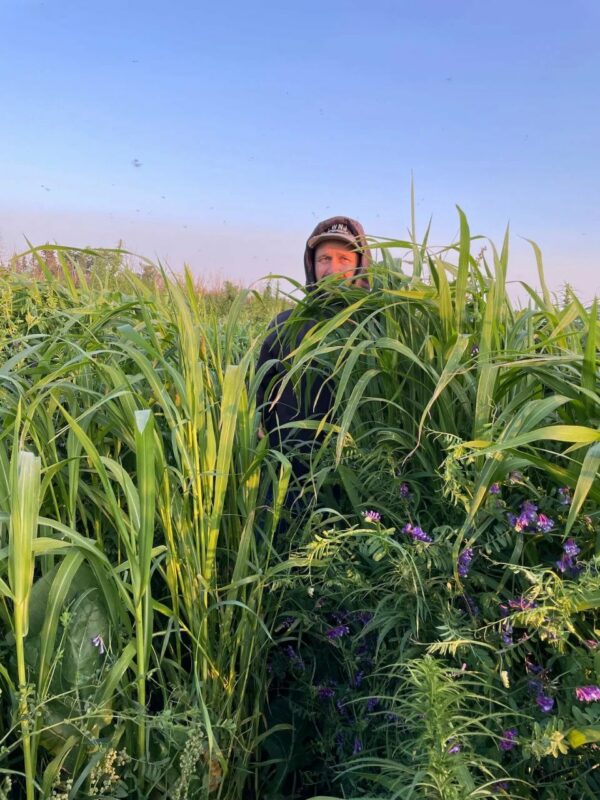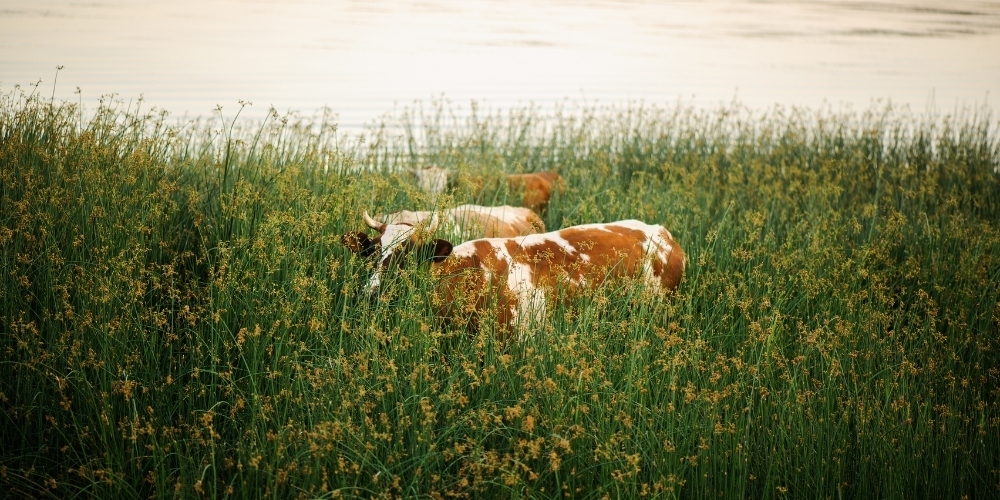We all know that covering up is necessary to prevent heat loss, protect us from the sun and keep us out of jail. There are just so many benefits to wearing clothes that the practice has become widespread among humans.
Covering up our precious soil with a layer of plants protects the soil like clothes protect our bodies.
Cover cropping is a traditional farming technique that’s making a comeback.
It involves planting cover crops after the main crop has been harvested.
These crops are planted to cover the soil beneath them, providing many benefits such as reduced soil erosion, better pest control, improved soil health, better water availability, and so much more.
In most cases, cover crops return nutrients removed from the soil. They are planted to increase soil fertility and crop yields for future harvests.
Think of cover crops as green and growing fertilizer.
The History of Cover Crops
Cover cropping has existed since the Roman Empire when Greek and Roman farmers used legume (pea family) cover crops to improve soil quality in their vineyards.


In the 1700s, most of northern Europe used cover crops to improve the fertility of sandy soils. By the 1860s, cover cropping was common among farmers in America.
But by the late 1950s, cover cropping was largely abandoned in favour of synthetic fertilizers. The chemicals, which must be applied yearly, were cheap, accessible, and could improve soil fertility, at least for the short term.
But the chemical approach created problems:
- Without cover crops, the soil is left exposed to wind and water erosion.
- Not only was valuable soil lost, but water runoff containing synthetic fertilizers has made agriculture one of the world’s leading causes of water pollution.
Nitrogen and phosphorous in fertilizers polluted water quality on the surface and underground aquifers. Nutrient pollution happens when excess fertilizer runoff from a field reaches a body of water or leaches into the aquifer.
Fertilizer runoff is a problem for several reasons. First, nitrogen converts to nitrate in water, which is unsafe to consume. In large quantities, drinking water contaminated by nitrate can lead to a blood disorder that affects how red blood cells deliver oxygen throughout the body, causing headaches, dizziness, shortness of breath, and death.
The nitrate in fertilizers also acts like a steroid for aquatic bacteria and algae, causing them to overgrow, creating algae blooms and releasing dangerous toxins harmful to people and animals.
An excess of algae can reduce the availability of food and oxygen for fish and other aquatic life, which can cause entire populations of aquatic life to die.
Cover Cropping is Back!
Because of the high prices of fertilizers and their adverse environmental effects, many farmers are returning to the age-old practice of cover cropping.


This includes Dieter Gagelmans, who owns a 344-hectare farm near New Sarepta, a hamlet about 50 kilometres southeast of Edmonton.
Originally from Belgium, Gagelmans moved to Alberta in 2015. He began experimenting with cover crops in 2021, planting cover crops like peas, radishes, clovers, kale, and chicory. Gagelmans planted his cover crops alongside his main crops of barley and corn.
“I’m never going back to a normal cropping system after seeing the benefits of this,” an excited Gagelmans told CBC News.
Gagelmans claims to have seen results almost immediately, harvesting close to double what he usually would. Afterwards, he trims the stalks of his cover crops and lets them regrow before the following season.
Better yet, this allows Gagelmans’ cows to graze on the remains of his cover crops, leading to health benefits and higher-quality milk from the animals.
A recent survey found that 80% of prairie farmers use cover crops to protect their crops from erosion and increase soil fertility. It was common to see bare exposed soil in farmlands across the province in the near past, but that is now a rarer sight.
Covering up is becoming more common.
Is Cover Cropping Worth it?


Although it takes more time and energy to set up, just like getting dressed every day, the long-term results are measurable. Farmers with cover crops see higher yields because of better soil health and water retention.
Rising global temperatures have led to extreme weather conditions like droughts and floods. Alberta’s farmers know this all too well. But cover crops give farmers a way to fight back and make a profit.
And cover cropping can help fight climate change.
According to a study by the University of British Columbia, cover crops can store up to half a ton of carbon pollution per hectare per year.
A Sustainable Agriculture Research and Education analysis found that cover crops planted across 8.1 million hectares can offset the emissions of almost 13 million passenger vehicles.
And that’s not to mention the reduction of fertilizer pollution, the prevention of soil erosion and the increase of soil fertility.
Is cover cropping worth the effort?
You bet. Now, that’s fashionable!






